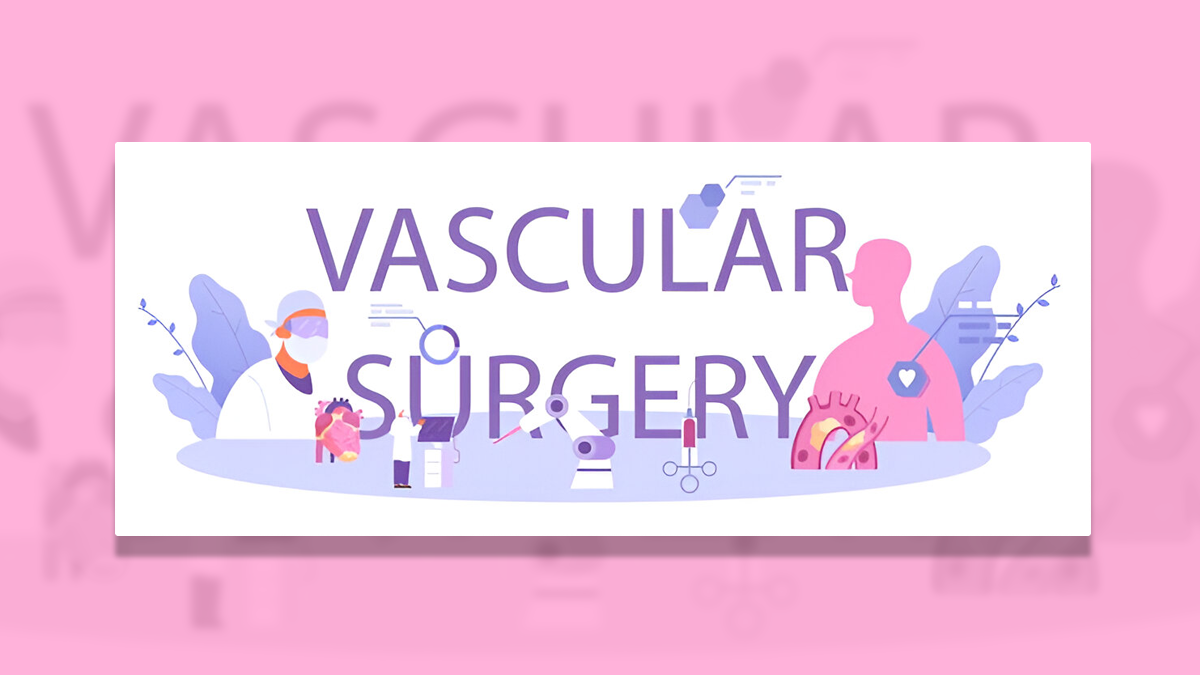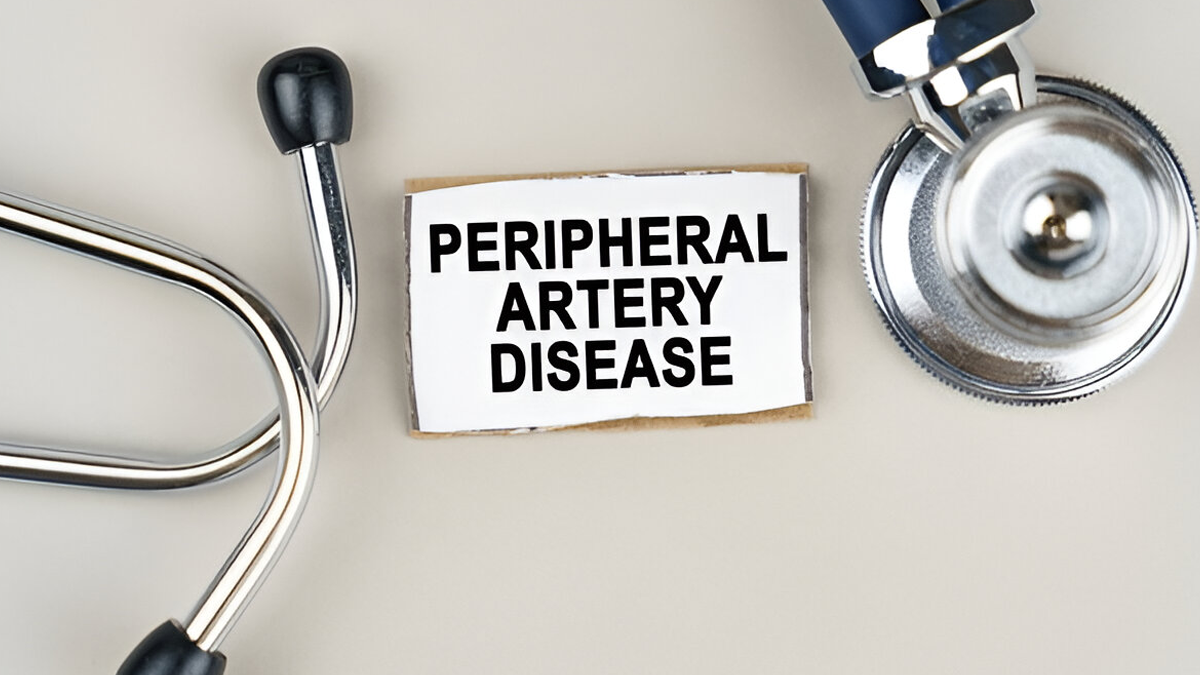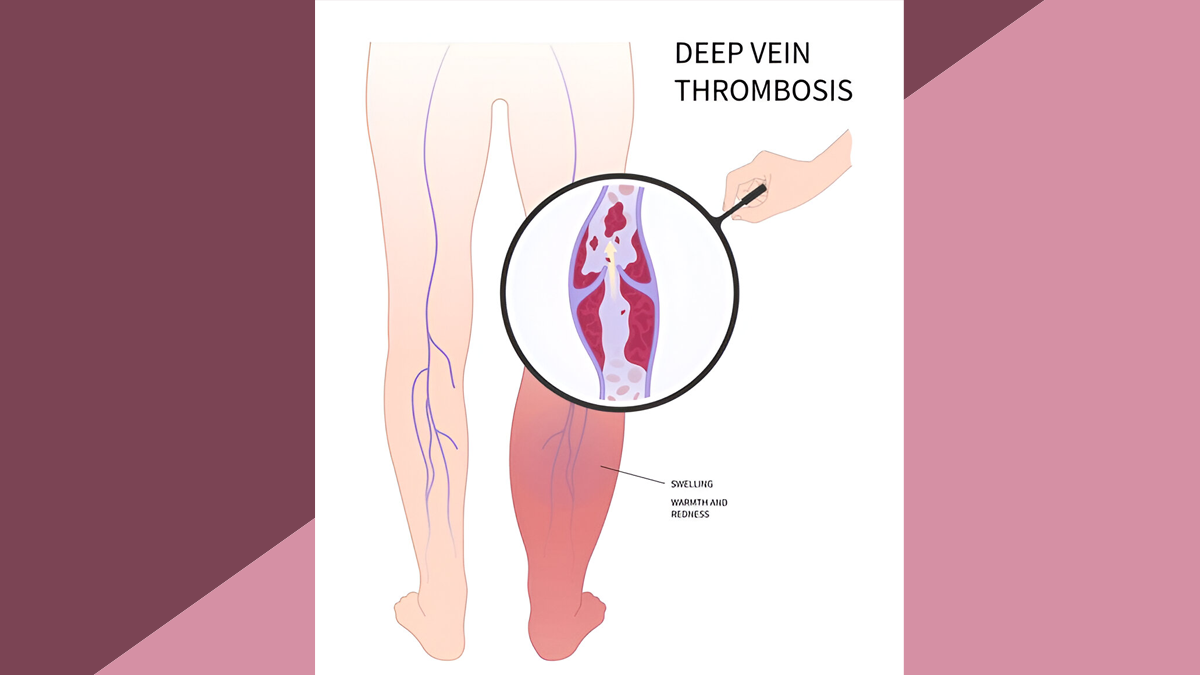
For many people, a little leg pain while walking may not raise alarm bells. But for those with Peripheral Artery Disease (PAD), it is often the first red flag that their leg arteries are silently narrowing (choking off blood supply). Left unchecked, PAD can progress into Critical Limb Ischemia (CLI), where poor blood flow causes foot ulcers and gangrene and, in some cases, leads to amputation.
Table of Content:-
We spoke to Dr Karthik Mikkineni, MD, FACS, FSVS, RPVI, Founding Director, RIVEA Vascular Institute, Hyderabad, who explained how vascular surgery can reverse this condition without open surgery.
The Diagnosis: More Than Just a Pulse Check

According to StatPearls, PAD is a circulatory condition that causes decreased blood flow through the arteries. This often results in reduced blood circulation to the limbs, which can cause pain in the thighs or calves during walking or physical activity.
Diagnosing PAD isn’t just about checking pulses anymore. Modern vascular centres use sophisticated, painless tests in their vascular labs to detect even early signs of poor circulation. "The ABI (Ankle-Brachial Index) and PVR (Pulse Volume Recording) tell us how well blood is flowing, while TcPO₂ testing, which senses the oxygen level in your skin, helps determine if the tissue is at risk. These are not just fancy machines; they give us a window into how urgently your limbs need help, and how to help them best," said Dr Mikkineni.
Also Read: Peripheral Vascular Disease: Expert Explains Its Symptoms, Causes, Diagnosis, And Treatment
From Scalpel to Smart Tools: The Minimally Invasive Revolution
Traditional bypass surgery still has its place, especially in younger, healthier patients. However, newer techniques now let us reach and reopen blocked arteries using nothing more than a needle prick in the skin.
"Imagine navigating a clogged pipe deep underground without digging up your yard. That’s exactly how angioplasty works. We insert a slender tube (catheter) into a blood vessel, guide it toward the blockage using live imaging, and inflate a tiny balloon to open it up. Sometimes we place a stent, a small metal scaffold to keep it open long-term," shared Dr Mikkineni.
When the blockage is rock-hard, we use atherectomy, which works like a miniature drill or sanding device to carefully shave the plaque away without harming the artery.
Going Where Few Have Gone Before

In some advanced cases, especially when arteries below the knee or foot are completely blocked, newer approaches have pushed the boundaries of what’s possible.
"Pedal access allows us to enter the blood vessel from the foot instead of the groin, giving us a backdoor route to open blockages that once seemed unreachable," said Dr Mikkineni.
Percutaneous Deep Vein Arterialisation (DVA) is among the most dramatic innovations. "In patients who’ve run out of artery options, we create a new route by rerouting blood from an artery directly into a nearby vein, essentially re-plumbing the leg to restore circulation to the foot. It’s a lifeline for 'no-option' patients, and many have avoided amputation because of it," he added.
Also Read: Breakthrough Non-Invasive Test Can Spot Heart Attacks at Earliest Stage, Say Scientists
Evidence, Experience, and the BEST-CLI Trial
The global BEST-CLI trial reminded the medical world that in some severe cases, a traditional bypass, using a vein to reroute blood around a blockage can still offer excellent outcomes. But for most, the trend is clear: minimally invasive treatments are becoming the first, and often best choice.
Bottomline
Dr Mikkineni concluded, "Today, vascular surgery isn’t just about saving lives, it’s about saving quality of life. With earlier diagnoses, better tools, and techniques that barely break the skin, many people once told they might lose a limb are now walking again, healing faster, and returning to their lives with confidence."
If you or someone you love is struggling with leg pain, non-healing wounds, or has been told there’s no option left, know that the landscape has changed. And it’s changing lives every day.
[Disclaimer: This article contains information provided by an expert and is for informational purposes only. Hence, we advise you to consult your professional if you are dealing with any health issue to avoid complications.]
Also watch this video
How we keep this article up to date:
We work with experts and keep a close eye on the latest in health and wellness. Whenever there is a new research or helpful information, we update our articles with accurate and useful advice.
Current Version